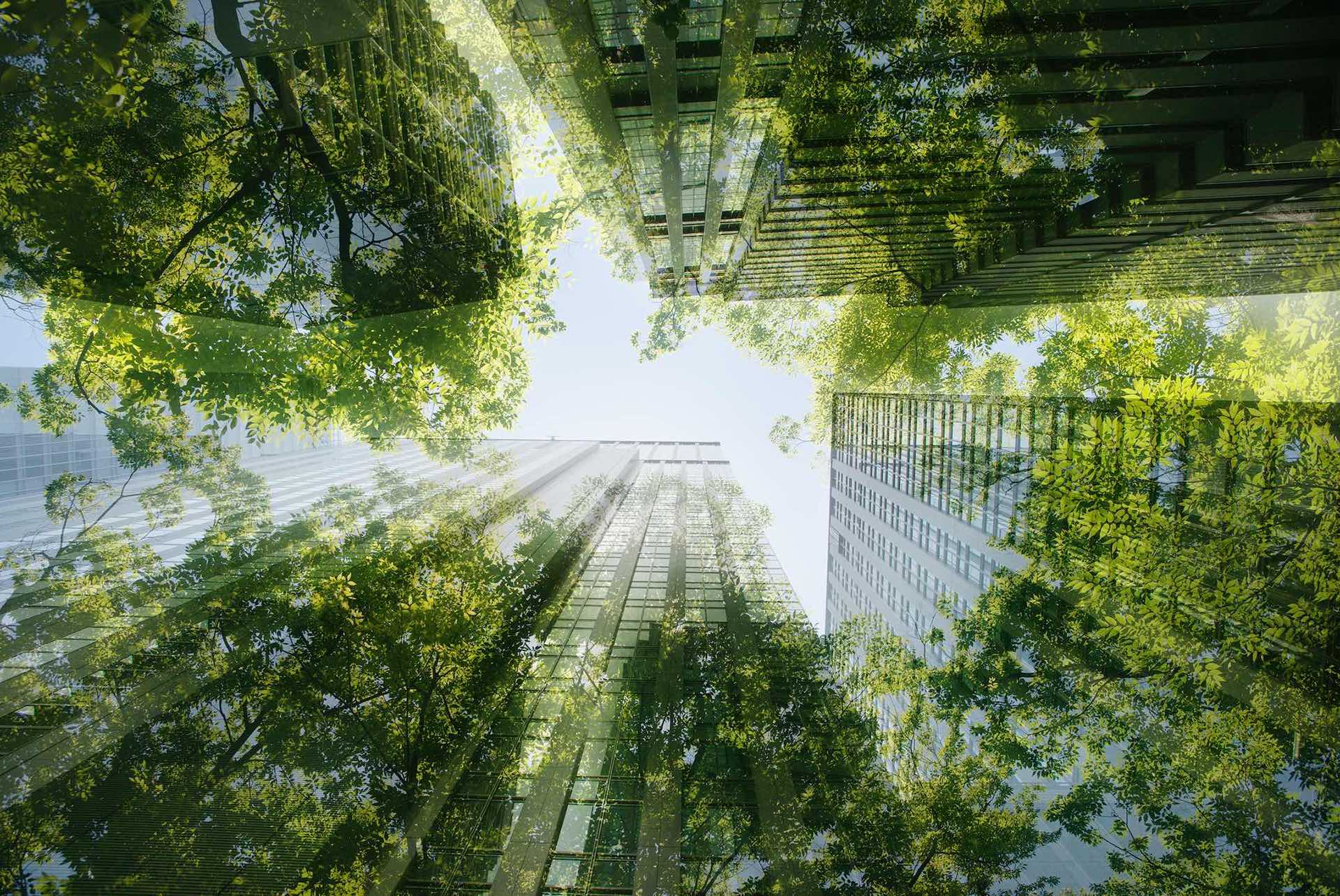Natural capital – understanding the real wealth of nations
Over time, the increase in a country’s economic output, otherwise known as gross domestic product – GDP – has become shorthand for the growth of its economy. However, there is increasing recognition that it is an imperfect measure. In particular, it takes no account of the resources consumed in order to generate economic activity, or its long-term sustainability. This is where the concept of natural capital comes in.
Natural capital, also know as environmental capital, is a term used to describe the economic value of natural resources. It refers to the value of ecosystems, biodiversity, and even services they offer, such as pollination, water filtration and food production. The economic value of nature is often overlooked, but clean air, water and food or predictable weather patterns are vital for the successful functioning of society and businesses – and therefore critical to the creation of wealth. Careless destruction of ‘assets’ such as forests, rivers and soil comes with a significant economic as well as environmental cost.
Consultants at professional services firm Deloitte estimate that more than half of the world’s GDP is moderately or highly dependent on nature. That means loss of natural assets poses a $44 trillion threat to the global economy. Even businesses that are not affected directly are likely to be impacted through their supply chains or in the wellbeing of their employees.
While GDP or profit growth is often considered a benchmark of economic success, growth achieved at the expense of a country’s natural resources is liable to be short-lived.
Short-lived benefit
While GDP or profit growth is often considered a benchmark of economic success, growth achieved at the expense of a country’s natural resources is liable to be short-lived. A chemical company may achieve a short-term increase in profit by dumping waste in a stream rather than disposing of it properly, but it will eventually affect the local water supply. Levelling a mangrove swamp or destroying wetlands may bring short-term economic benefit, but it removes a vital protection for coastal communities against storm surges, flooding or mudslides. Natural capital is important to maintain a healthy and sustainable environment. This is why proper assessment of natural capital is vital, not only to assess informed economic decisions but also to measure the cost of activities that can damage the environment.
It is clear that the world does not yet have the balance right. Deforestation, pollution and the destruction of biodiversity are destroying natural capital, to the long-term detriment of sustainable economic growth as well as quality of life. In a report published in 2021, The Economics of Biodiversity, a panel of experts commissioned by the UK Treasury argued: “[There is] a growing body of evidence that in recent decades humanity has been degrading our most precious asset, nature, at rates far greater than ever before. Simultaneously, the material standard of living of the average person in the world has become far higher today than it has ever been…
“In the process of getting to where we are, though, we have degraded the biosphere to the point where the demands we make of its goods and services far exceed its ability to meet them on a sustainable basis. That is ominous for our descendants and suggests we have been living at both the best and worst of times.”
Can nature be measured?
This realisation has prompted a greater focus on measurement of natural capital. “In countries where today’s GDP is achieved by consuming or degrading assets over time, for example by overfishing or soil degradation, total wealth is declining,” say Deloitte’s analysts. “This can happen even as GDP rises, but it undermines future prosperity.”

There is a growing body of work examining the natural footprint of countries and companies.
There is a growing body of work examining the natural footprint of countries and companies. These efforts seek to understand where the greatest dependency on nature exists across a value chain. Activist group Capitals Coalition has created the Natural Capital Protocol, a risk management framework to assess risks and help policymakers make better decisions.
In a similar way to climate disclosures, elaborated by the Taskforce for Climate related Financial Disclosures (TCFD) that have been adopted worldwide, the Financial Stability Board initiated in 2020 theTaskforce on Nature-related Financial Disclosures (TNFD). In this case, to help companies and financial institutions take the urgent action required to halt and reverse nature loss.
And many companies have developed their own instruments, employing an environmental profit and loss framework to quantify their impact on the natural world. French luxury goods group Kering, for example, has developed a tool that takes into account carbon emissions, water use and pollution, land use, air pollution and waste across its entire supply chain and operations. It translates this into a monetary value that can be used to support decision-making.
Ecosystem resilience
The chairman of the expert group that drew up The Economics of Biodiversity, Cambridge University economist Professor Sir Partha Dasgupta, says this type of metric should be used more widely. He says: “Economists understand the wisdom of spreading their investments across a wide range of activities. It enables them to withstand disasters that may strike any one particular asset.
“The same is true in the natural world. If conditions change, either climatically or as a consequence of a new development in the never-ending competition between species, the ecosystem as a whole is able to maintain its vigour.” His panel’s overarching conclusion is that nature must be treated as an asset, with natural capital included in national measures of economic health.
Better use of natural capital extends beyond reducing carbon emissions – it seeks to protect the entire ecosystem on which economic prosperity depends. This includes aspects such as the circular economy, which seeks to move from a use-and-throw-away system to one in which repair and re-use is built into the design and manufacturing process.
Rebuilding biodiversity
Work is also taking place to rebuild ecosystems and biodiversity. Restoring forests, for example, can improve carbon capture, while reducing pollution can reinvigorate wildlife. Biodiversity now has the UN Convention on Biological Diversity and its own conferences of parties to the treaty – the most recent, COP15, concluded in Montreal in December 2022 – and is becoming an increasingly important factor in investment management strategies.
Growth that is premised on the destruction of natural resources inevitably has built-in limits.
Why does this matter for investors? Investing is a long-term game. In many cases, fund managers are looking for companies that can deliver consistently strong growth over five, 10 or even 20 years. Growth that is premised on the destruction of natural resources inevitably has built-in limits. By contrast, companies that can demonstrate that they are using natural resources in a sustainable way are better positioned to grow over the long term.
In addition, as policymakers become increasingly aware of the economic cost of depleting natural resources, companies that destroy habitats, pollute rivers or emit carbon are likely to find themselves increasingly subject to penalties, constraints on their ability to operate, or unable to obtain the funding they need to operate and expand.
These are risks that investors don’t need to take. Incorporating natural capital into economic growth calculations gives a more accurate, three-dimensional picture of wealth in its broadest sense. Most importantly, it can show whether that wealth is sustainable in the long term, which should be a priority for all investors.
Better use of natural capital extends beyond reducing carbon emissions – it seeks to protect the entire ecosystem on which economic prosperity depends.


 Mortgage
Mortgage Personal loan
Personal loan Savings
Savings